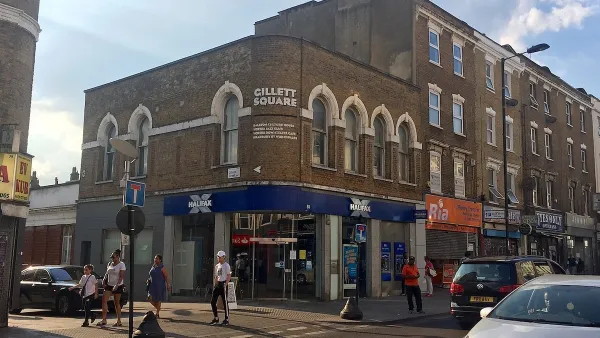Airlines argue in the European Court of Justice that the EU's Emissions Trading Scheme (ETS) is an overreach when imposed on flights to/from Europe.
Emissions by air travel accounts for approximately 3% of the world's pollution, a figure that pales in comparison to other industries'. Adopting the ETS, Europe's cap-and-trade equivalent, will cost the airline industry an estimated $1.6 billion annually, the amount that will be reflected in higher ticket price for consumers.
According to The Economist, "a global carbon market would be better than a European one, but there is no prospect of one starting up any time soon. Nor is the airline industry about to volunteer to pay for the pollution it causes."
"The airlines have a point when they complain that Europe could impose its rules in a discriminatory manner. The ETS requirements can be waived on flights from nations that have what the EU sees as 'equivalent measures' in place-and Brussels will decide what counts as equivalent. The plan would be fairer if such disputes were referred to a neutral forum in which 'equivalent measures' could be defined. And it would be more palatable if governments cut the taxes that they currently justify in the name of greenery."
FULL STORY: Clean-air turbulence

Maui's Vacation Rental Debate Turns Ugly
Verbal attacks, misinformation campaigns and fistfights plague a high-stakes debate to convert thousands of vacation rentals into long-term housing.

Planetizen Federal Action Tracker
A weekly monitor of how Trump’s orders and actions are impacting planners and planning in America.

In Urban Planning, AI Prompting Could be the New Design Thinking
Creativity has long been key to great urban design. What if we see AI as our new creative partner?

King County Supportive Housing Program Offers Hope for Unhoused Residents
The county is taking a ‘Housing First’ approach that prioritizes getting people into housing, then offering wraparound supportive services.

Researchers Use AI to Get Clearer Picture of US Housing
Analysts are using artificial intelligence to supercharge their research by allowing them to comb through data faster. Though these AI tools can be error prone, they save time and housing researchers are optimistic about the future.

Making Shared Micromobility More Inclusive
Cities and shared mobility system operators can do more to include people with disabilities in planning and operations, per a new report.
Urban Design for Planners 1: Software Tools
This six-course series explores essential urban design concepts using open source software and equips planners with the tools they need to participate fully in the urban design process.
Planning for Universal Design
Learn the tools for implementing Universal Design in planning regulations.
planning NEXT
Appalachian Highlands Housing Partners
Mpact (founded as Rail~Volution)
City of Camden Redevelopment Agency
City of Astoria
City of Portland
City of Laramie




























